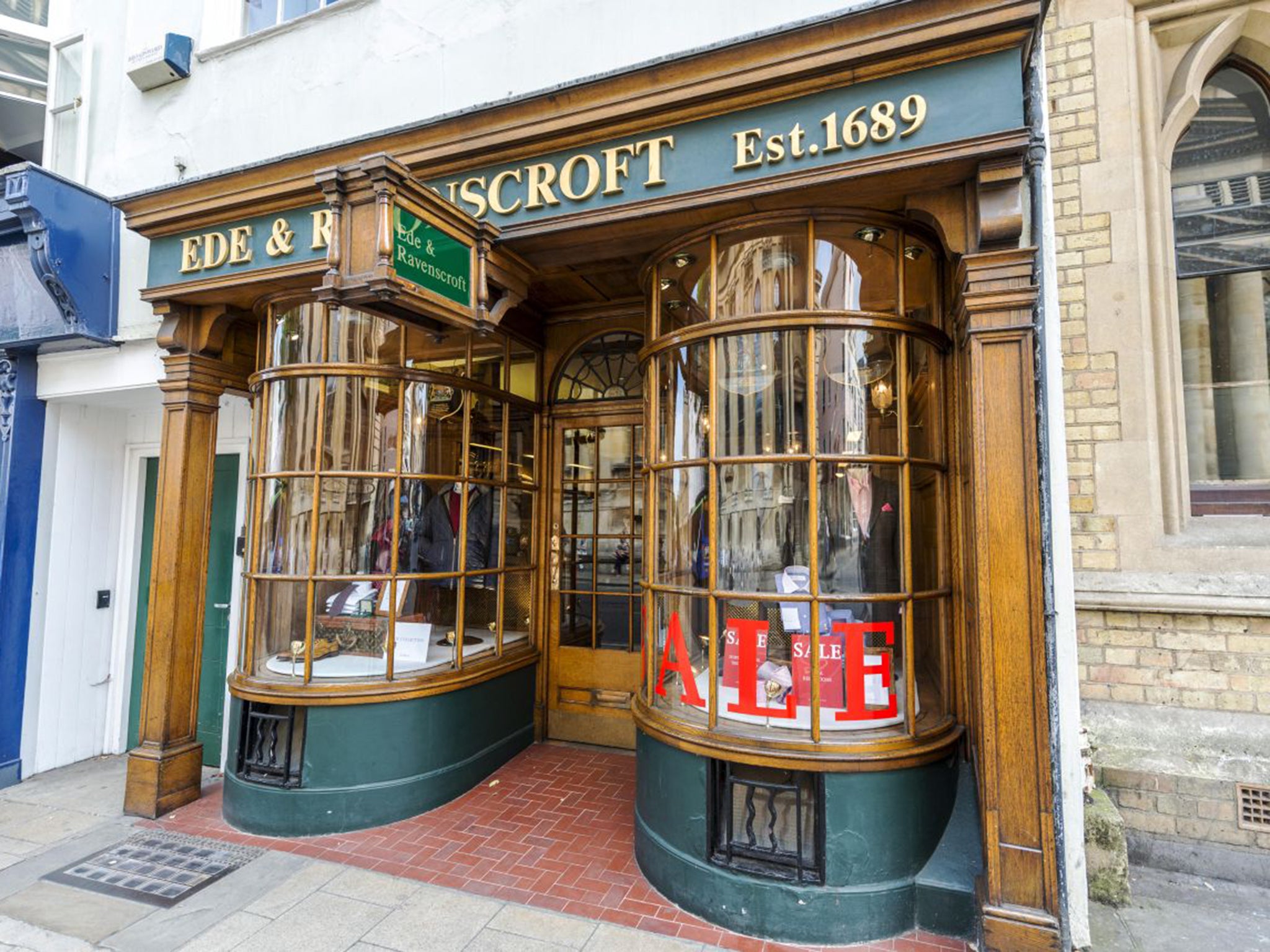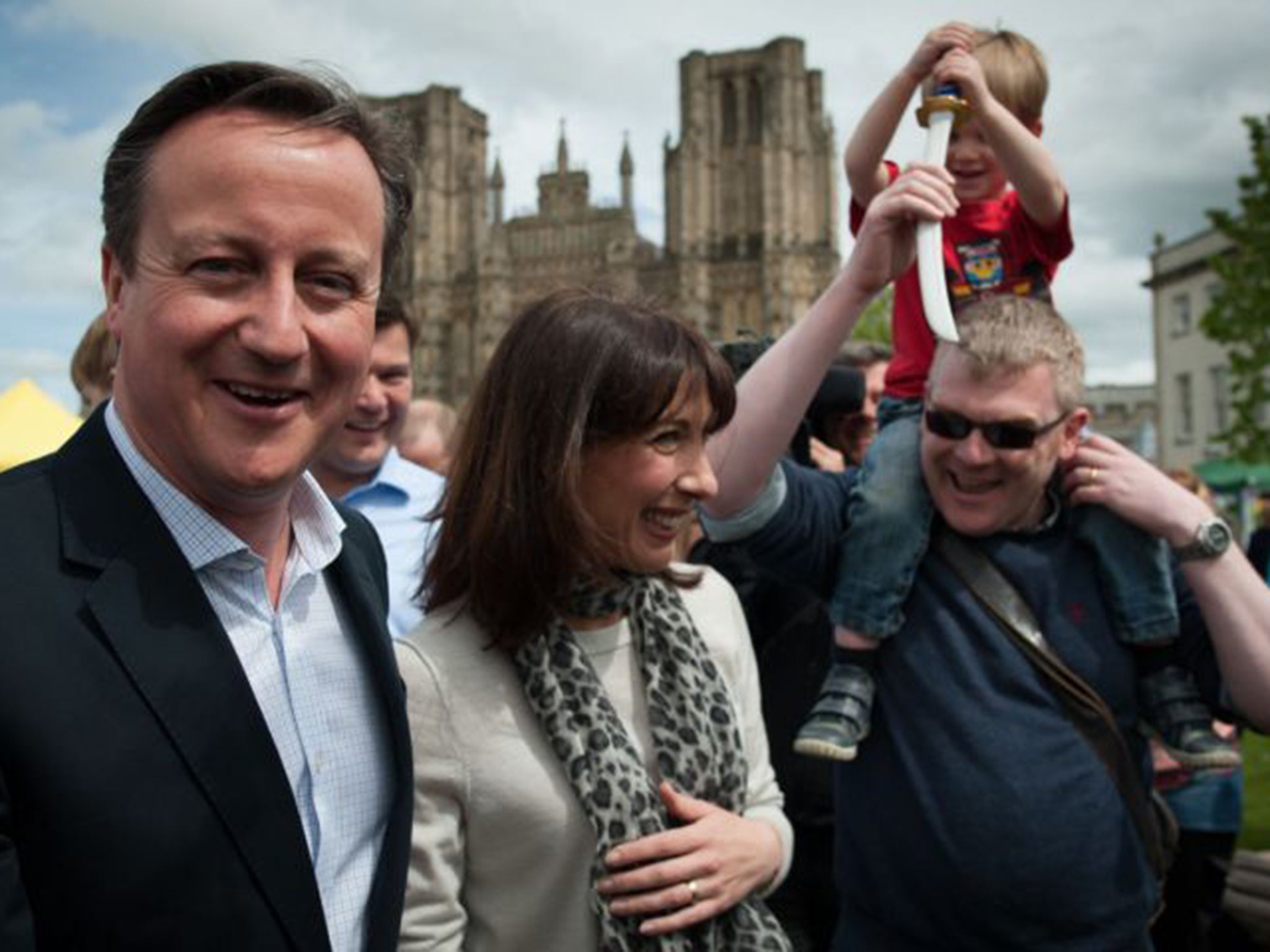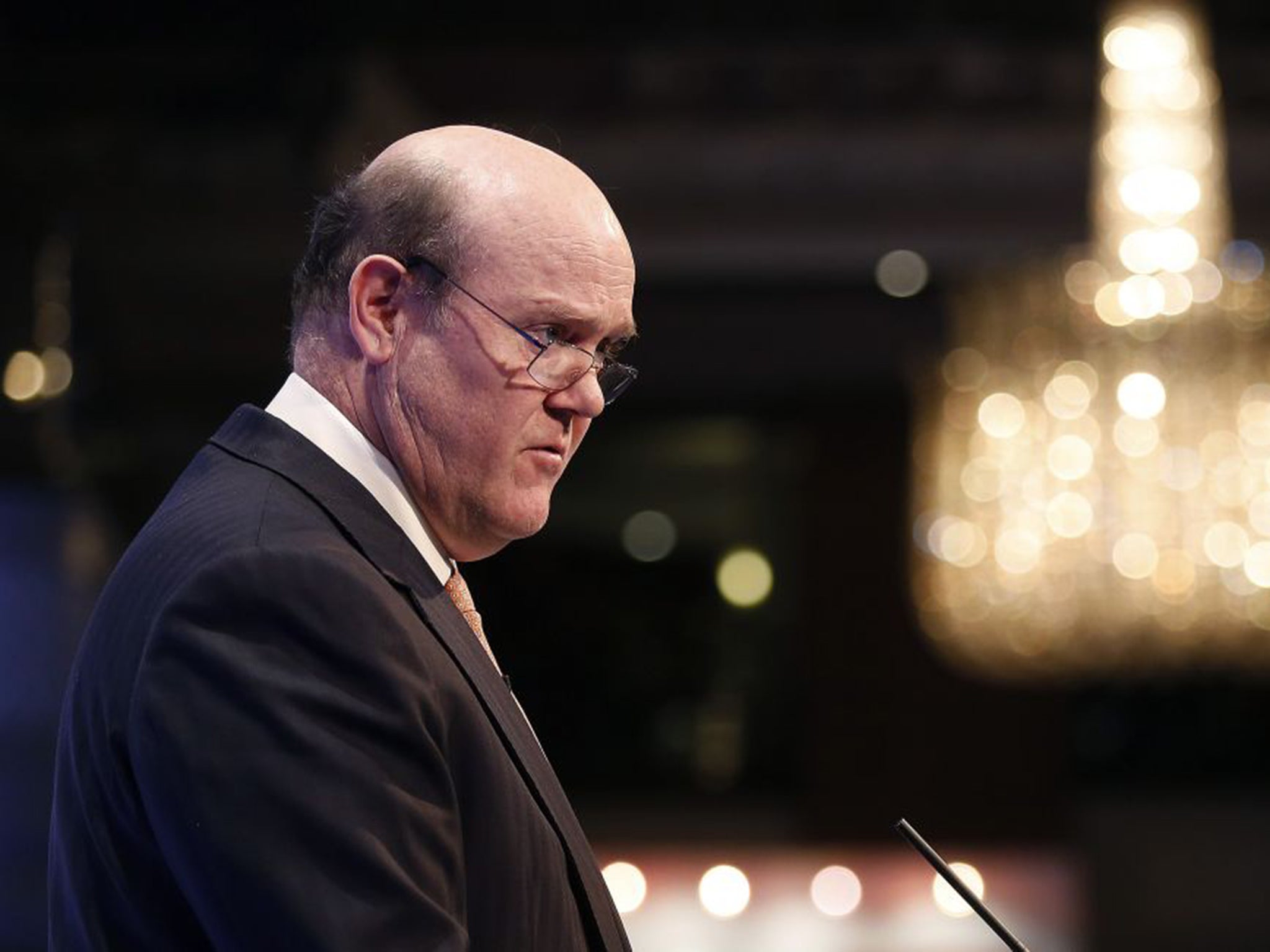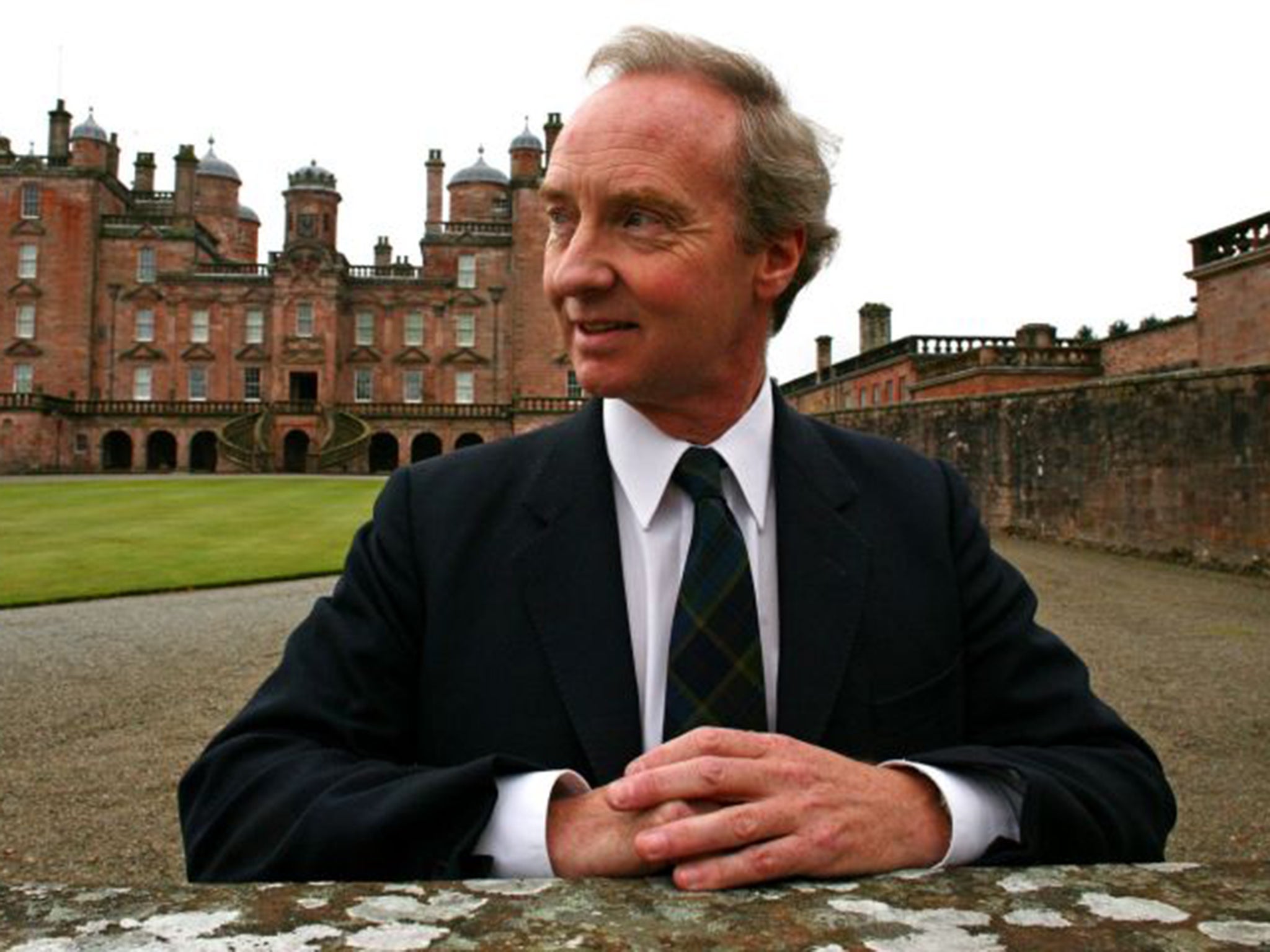General Election 2015: Photographic history of Bullingdon Club tracked down - including new picture of David Cameron in his finery
In a tailor’s corridor, the corner of Oxford that is forever the Bullingdon

Your support helps us to tell the story
From reproductive rights to climate change to Big Tech, The Independent is on the ground when the story is developing. Whether it's investigating the financials of Elon Musk's pro-Trump PAC or producing our latest documentary, 'The A Word', which shines a light on the American women fighting for reproductive rights, we know how important it is to parse out the facts from the messaging.
At such a critical moment in US history, we need reporters on the ground. Your donation allows us to keep sending journalists to speak to both sides of the story.
The Independent is trusted by Americans across the entire political spectrum. And unlike many other quality news outlets, we choose not to lock Americans out of our reporting and analysis with paywalls. We believe quality journalism should be available to everyone, paid for by those who can afford it.
Your support makes all the difference.David Cameron’s past in the Bullingdon Club risks returning to haunt him just days before the general election after a new photo emerged of him posing in bow tie and tails as a proud member of the notorious all-male Oxford University dining club.
The photo – in which a grinning and fresh-faced Mr Cameron appears at the centre of a group of 13 fellow “Bullers” – risks undermining the Prime Minister’s attempts to show the Conservatives are in touch with ordinary voters.
Both Mr Cameron and the Chancellor, George Osborne, have struggled to shrug off their membership of the hard-drinking, boisterous and elitist club.
Extraordinarily, the photo has apparently been displayed for years on the walls of one of Oxford’s most exclusive clothes shops, without attracting public attention.
The only other Bullingdon Club photo of Mr Cameron, which was taken in 1987, has largely disappeared from public view after the photographer withdrew copyright.
The new image seen by The Independent was taken in 1988. It was spotted in the Oxford branch of Ede & Ravenscroft, robe-makers to the Queen and the tailoring company that makes Bullingdon Club outfits – at a reputed cost of £3,000 per gentleman.
Are you undecided about who to vote for on 7 May? Are you confused about what the parties stand for and what they are offering? Take this interactive quiz to help you decide who to vote for...
The photo, which was discovered by an Oxford student paper VERSA, appears alongside more than a dozen other Bullingdon Club photos from the 1950s to 2010. Some are on the shop wall, while others line the way to the lavatories.
Many of those pictured in these photos, including aristocrats and future captains of industry, have never previously spoken of their membership of the Bullingdon Club.
The images provide an intriguing insight into how members of the Establishment may have gained happy memories and lasting, influential contacts through their membership of the club.
Among those featuring in the pictures are Lord Rothschild, the head of the banking family, Richard Scott, 10th Duke of Buccleuch, who has the largest private landholdings of anyone in Britain, and Rupert Soames, the head of the outsourcing giant Serco, which operates the Yarl’s Wood Immigration Removal Centre.
News of the 1988 photograph – and the relative ease with which it can be seen – could prove a gift for Mr Cameron’s opponents, providing ammunition for their arguments that the Prime Minister is out of touch and too close to his wealthy friends.
It shows Mr Cameron with what appears to be a smirk on his face, standing in the centre of the Bullingdon group, his chest puffed out in apparent pride. The setting – with members posing on the steps leading up to a door of a grand building – appears similar to the notorious 1987 image. Many of those pictured alongside Mr Cameron do not appear in the earlier photo.
Although the photo cannot be published here for copyright reasons, its untimely discovery risks Mr Cameron facing a re-run of the embarrassment he suffered over the 1987 picture.
Labour had reportedly been planning to use that photograph as a campaign poster until, in 2007, the Oxford photography company that owns the copyright on the image withdrew permission for it to be reproduced.
Gillman and Soame insisted it had withdrawn the photo for commercial reasons, and had not been contacted by the Conservative Party.

In 2009 Mr Cameron used a BBC interview with Andrew Marr to deny that the 1987 picture showed the real David Cameron. “No,” he said. “We do things when we are young that we deeply regret.” He added that he was “of course, desperately, very embarrassed” about the photograph.
But by then the appearance of the photo in national newspapers had left Mr Cameron going into the 2010 election with something of an image problem. As he campaigned for austerity cuts and proclaimed “We’re all in this together”, he found himself associated with a club immortalised by the novelist Evelyn Waugh as “The Bollinger Club”.
To the delight of his opponents, the play Posh premiered at the Royal Court Theatre in London during the 2010 general election, to considerable critical acclaim.
Few missed the fictional Riot Club’s similarity to the real-life Bullingdon, where the ability of members to trash restaurants but be wealthy and supposedly “well-bred” enough to pay for the damage immediately, has passed into Oxford University legend – while ensuring many of the city’s establishments refuse entry to club members.
Reinforcing the Bullingdon’s association with leading Conservatives, London Mayor Boris Johnson appeared with Mr Cameron in the 1987 Bullingdon photo.
He, like his fellow Old Etonian Mr Cameron, has also admitted to being embarrassed by his membership of the club, telling the BBC in 2013: “This is a truly shameful vignette of almost superhuman undergraduate arrogance, toffishness and twittishness. But at the time you felt it was wonderful to be going round swanking it up.”
Asked about the club’s reputation for smashing up restaurants, he added: “Yes. And the abiding memory is of deep, deep self-loathing.”

The Bullingdon’s association with raucous upper class behaviour began almost as soon as the club was formed in the 18th century, as a hunting and cricket society.
It was described in 1913 by The New York Times as “the acme of exclusiveness at Oxford; it is the club of the sons of nobility, the sons of great wealth; its membership represents the “young bloods” of the university.
Such elitism seems to have endured. It is said that when George Osborne was a member (being photographed to his later embarrassment in 1992 and 1993), his Bullingdon friends nicknamed him “oik” because he hadn’t attended Eton or Harrow – only St Paul’s public school, where fees are currently a mere £7,264 to £10,880 per term.
A spokesman for the Conservative Party declined to comment.
Buller for them: former members of the club unmasked
1959 Lord Rothschild OM GBE, chairman of RIT Capital Partners plc, and head of the banking family.
Lord Palumbo, former chairman of the Arts Council and a friend of Prince Charles.
1975 Richard Scott, 10th Duke of Buccleuch: at time of the photograph he was yet to inherit the dukedom and was styled the Earl of Dalkeith. Largest private landowner in Britain, with four estates covering 240,000 acres in England and Scotland. Art collection comprises 300 paintings including the £30m Leonardo da Vinci painting Madonna of the Yarnwinder.
Roddie Fleming, former chairman of private bank Fleming Family & Partners, and nephew of James Bond creator Ian Fleming.
Sir Thomas Hughes-Hallett, now the chairman of Chelsea and Westminster Hospital NHS Trust.
1980 Lord David John Ogilvy, heir of the 13th Earl of Airlie. Married Geraldine, daughter of Viscount Rothermere, the following year but by 1990 the couple divorced.
Mark Francis Robert Baring, the son of Lord Ashburton, the former chairman of BP. Is a trustee of the Baring Foundation – its website describes him as being “the manager of an agricultural, residential and sporting estate in Hampshire.”
1981 Rupert Soames, Old Etonian grandson of Sir Winston Churchill and brother of Nicholas Soames, the Conservative MP and friend of the Prince of Wales. Now 55, he is the chief executive of the outsourcing giant Serco, which has attracted criticism for the way it runs the Yarl’s Wood Immigration Removal Centre. Appointed OBE in 2010.

WJC Meath-Baker, has dropped his first names William John and is known as Clovis Meath-Baker. A former Director of Intelligence Production at GCHQ, he was awarded the OBE in 2003 for his work in Afghanistan, and the CMG in 2013 for services to British interests in the Middle East.
1982 Philip Astor, the younger brother of Lord Astor, and a barrister who is married to Justine Picardie, editor-in-chief of Harper’s Bazaar UK.
1996 Yuvraj of Jodhpur, otherwise known as Shivraj Singh, the Crown Prince of Jodhpur. Is now back in India to “assist the Maharaja in his enterprise, particularly in the management of the palace hotel chain,” according to his family’s website.
Tom Lawson, son of Lord Lawson and half-brother of Nigella, was educated at Eton before going to Oxford, and is now deputy head of Christ’s Hospital school in Horsham, West Sussex.
1998 Lord Irwin, Earl of Mornington. Otherwise known as Arthur Wellesley, he is a direct descendant of the Duke of Wellington. Another of his titles is the Marquess of Douro, and he is married to former model Jemma Kidd.
Prince Nicholas Doimi de Frankopan, a descendant of Croatian aristocratic family the Frankopans. He is the brother-in-law of Lord Nicholas Windsor, who is married to his sister Princess Paola.
Join our commenting forum
Join thought-provoking conversations, follow other Independent readers and see their replies
Comments